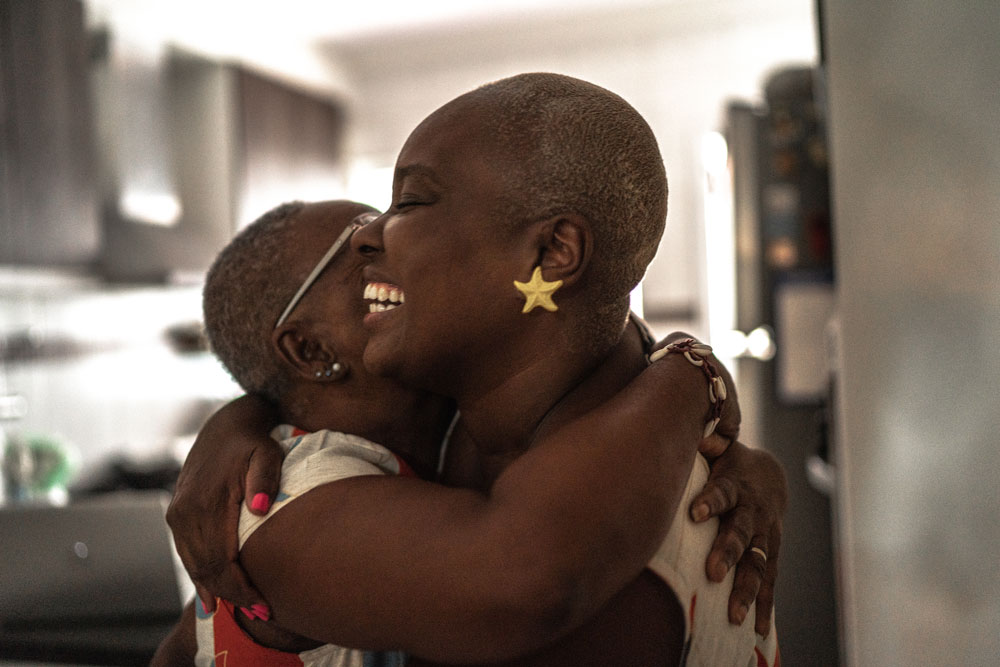Best practices and lessons learned in a challenging IBD study
In developing treatments for inflammatory bowel disease (IBD), there are significant competitive pressures in the race to market. For one Parexel customer, this added exceptional urgency to a recent IBD development program that posed many challenges. In overcoming those challenges, we identified a number of repeatable best practices.
Primary among them was agreement on a holistic programmatic strategy with high-level governance and decision-making, enabling the Parexel team to lead the sites through the program. Team cohesiveness was an essential element for coordinating recruitment, always focusing on the patients’ experience and the goal of delivering effective treatment.
Simultaneous studies in a highly competitive environment
Our customer came to us with the need to deliver a simultaneous program of IBD studies to gather data to support the registration of the compound. Meeting delivery timelines was a major concern that challenged us to consider whether recruiting patients simultaneously would be possible. Patient populations are always in high demand. So, imagine the situation when you’re running competing studies in parallel, at overlapping sites, at the same time, other companies are recruiting patients with the same disease.
Our team at Parexel applied an overall methodology and robust governance model that was highly structured but flexible enough to adapt when the situation required. This approach enabled us to provide innovative strategies, procedures, and tools that helped meet the program’s demands. Our key objectives: consistent delivery, a coordinated recruitment strategy, team cohesion predicated on listening to one another, and proactive risk mitigation and intervention plans. The following highlights key aspects of our solution.
Partnerships with the sites. Driving our approach was the desire to understand the day-to-day experience of the patient and the sites – to understand their areas of concern and find ways to make their lives easier. As facilitators for the sites, we established a high level of engagement and collaboration that our client had not previously experienced.
Streamlining communications was essential. We developed a strategy to facilitate proactive cross-communication among the sites and a line of sight for all stakeholders. Fundamental to this strategy was a messaging framework that was regularly updated to reflect the current status of the study. The searchable messaging framework encompassed answers to common questions and problem resolutions, providing consistency and reducing unnecessary repetition – a highly efficient means of sharing knowledge. Further, the messaging enabled us to clearly delineate the perspectives and insights of the Clinical Research Associates, who focus on the trial, and the sponsor, who focuses on the science of the compound. This segregation of information greatly simplified interactions for the site staff. Ultimately, this approach proved to be an exceptionally effective way of rolling out the various patient recruitment solutions Parexel could offer.
Program-level governance using analytical tools. One of the most important innovations involved site performance analysis. We applied analytical tools for high-level risk analysis to understand better how each study in the program was meeting expectations.
We developed a standardized tool to help manage the crossover of sites and plan recruitment milestones. This visualization tool incorporated a dashboard collating recruitment status at a holistic level. Illustrating different cohort levels, screen fails, and country performance across the program enabled us to compare gaps and success areas. This crossover tool was updated weekly, enabling us to identify high-potential sites, countries, and regions. The site intelligence identifying barriers and challenges fed into the message house of solutions to help us bridge gaps and find solutions.
Beyond risk mitigation. No matter how well planned, every clinical trial will experience inevitable roadblocks along the way. The key is to have a rigorous risk management methodology to identify those roadblocks early, with an action plan to mitigate them. But our approach succeeded in doing more than that. Instead of devoting a great deal of energy to risk mitigation, we were able to identify opportunities to improve the better-performing sites. In addition, the communications strategy enabled us to clearly articulate some of the headwinds we saw and quickly inform key stakeholders so that we could adapt.
A one-team approach with regular interaction. The plan established a one-team approach with clear roles and responsibilities for every stakeholder, including the customer, the site, and our staff at Parexel, to stay on top of study progress. This was overlaid by a structured schedule of weekly executive meetings for regular status check-in. The aim was to enable all stakeholders to see where we were at that interval relative to the agreed-upon milestones.
Faster recruitment and study startup
This project is an excellent example of how Parexel can develop innovative solutions to achieve our clients’ goals, even under the most challenging circumstances. This committed team succeeded in delivering on the timeline, with the last patient in a full 3 months ahead of schedule. One of the studies proved to be key for the registration. The spirit of partnership and trust infusing our relationships was equally rewarding – strategizing and problem-solving together toward a common goal. This was the essence of a high-performing team.
While some elements of this solution can certainly apply to other studies, there are broader, more universal implications. Critically important is that effective use of data should drive the strategy, with full clarity on the desired goals to be achieved. That strategy should encompass a vision of both the short- and long-term results and an understanding of the steps required to achieve them.
A Blueprint for high-performance Partnerships
Parexel builds on proven experience to deliver a unique partnership operating model that aligns goals, processes, and cultures so that together, we can anticipate obstacles, adapt, and accelerate success fueled by the heart and hustle it takes to get treatments to patients more quickly.






